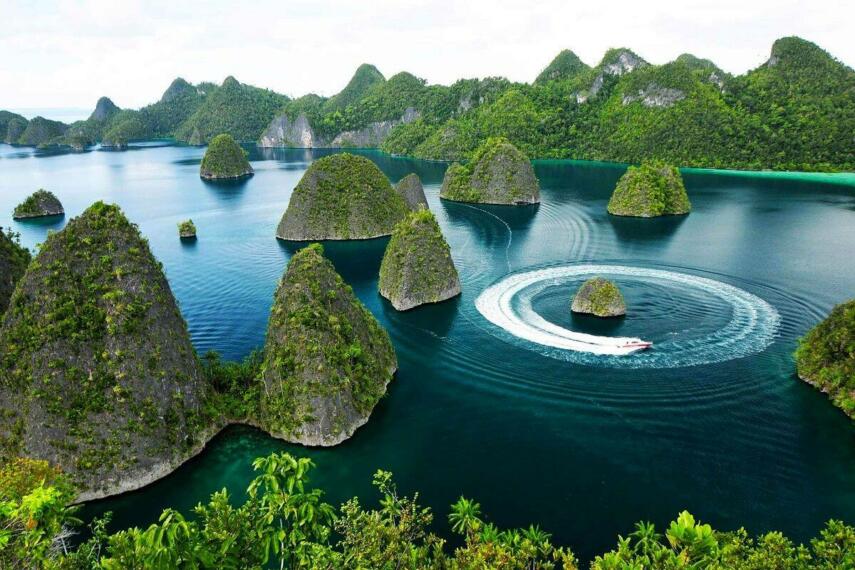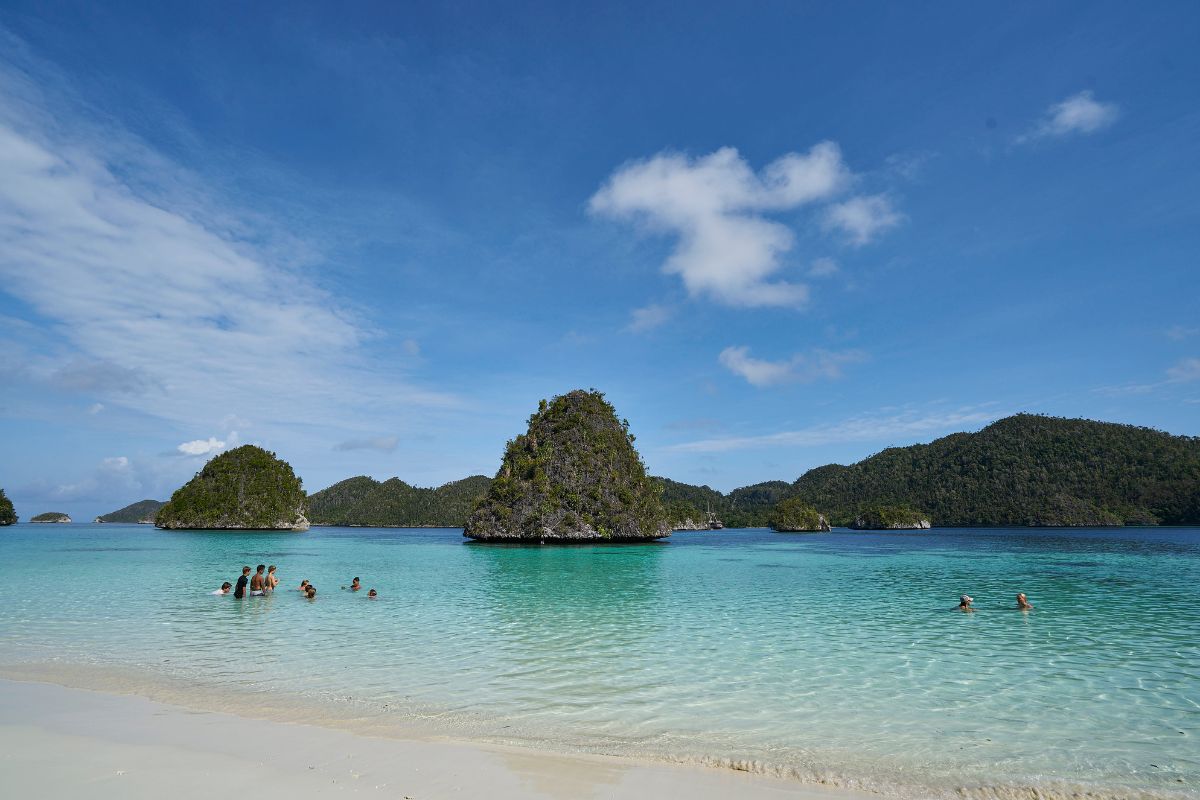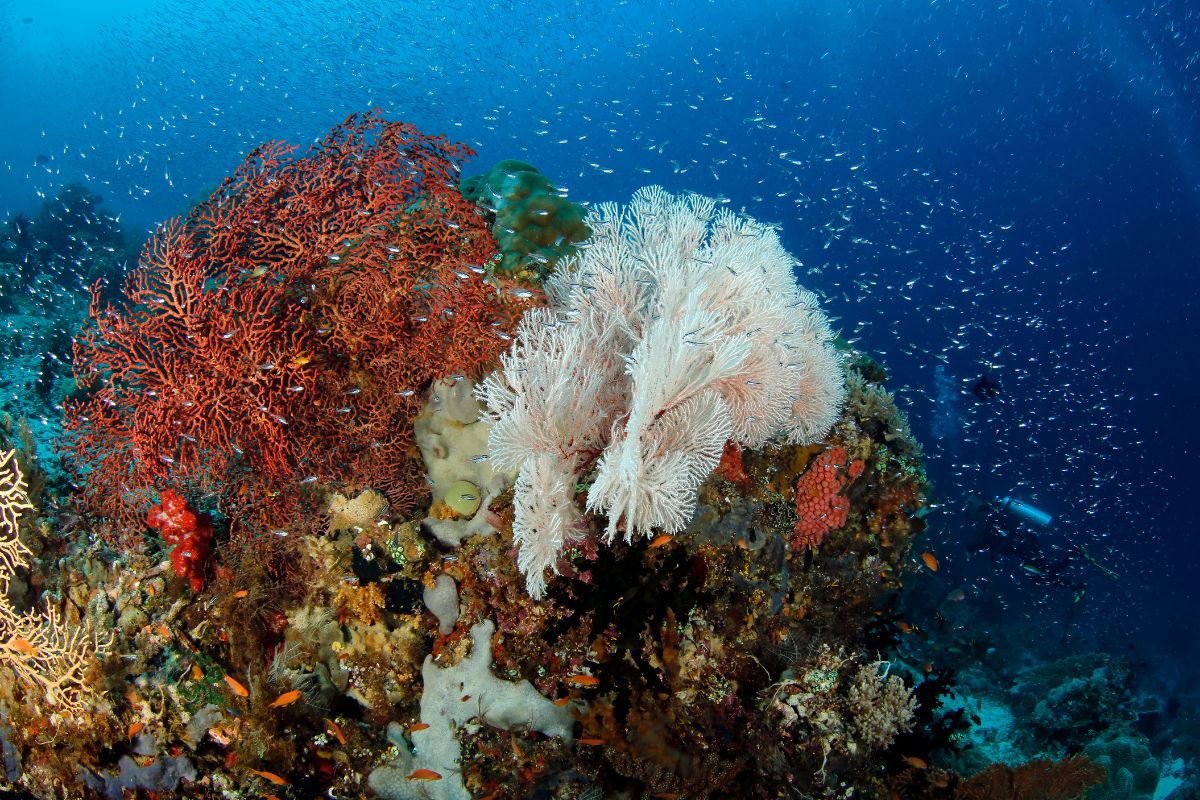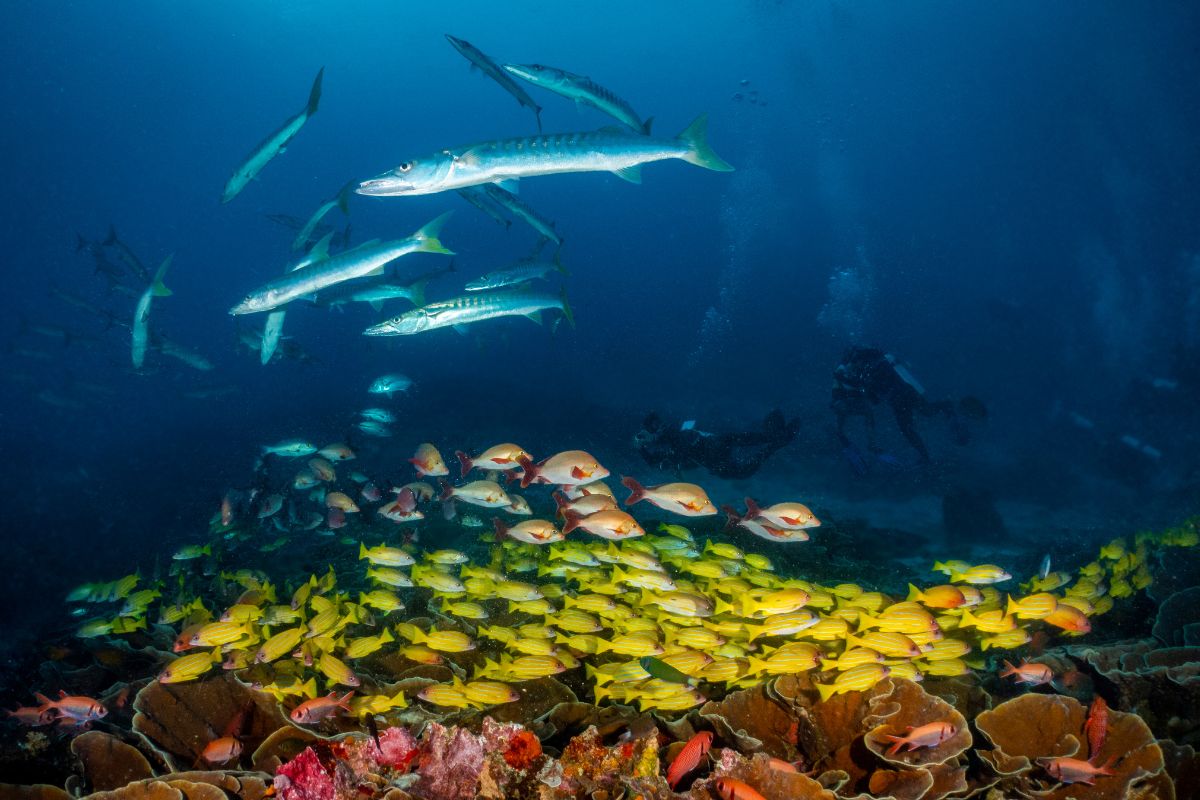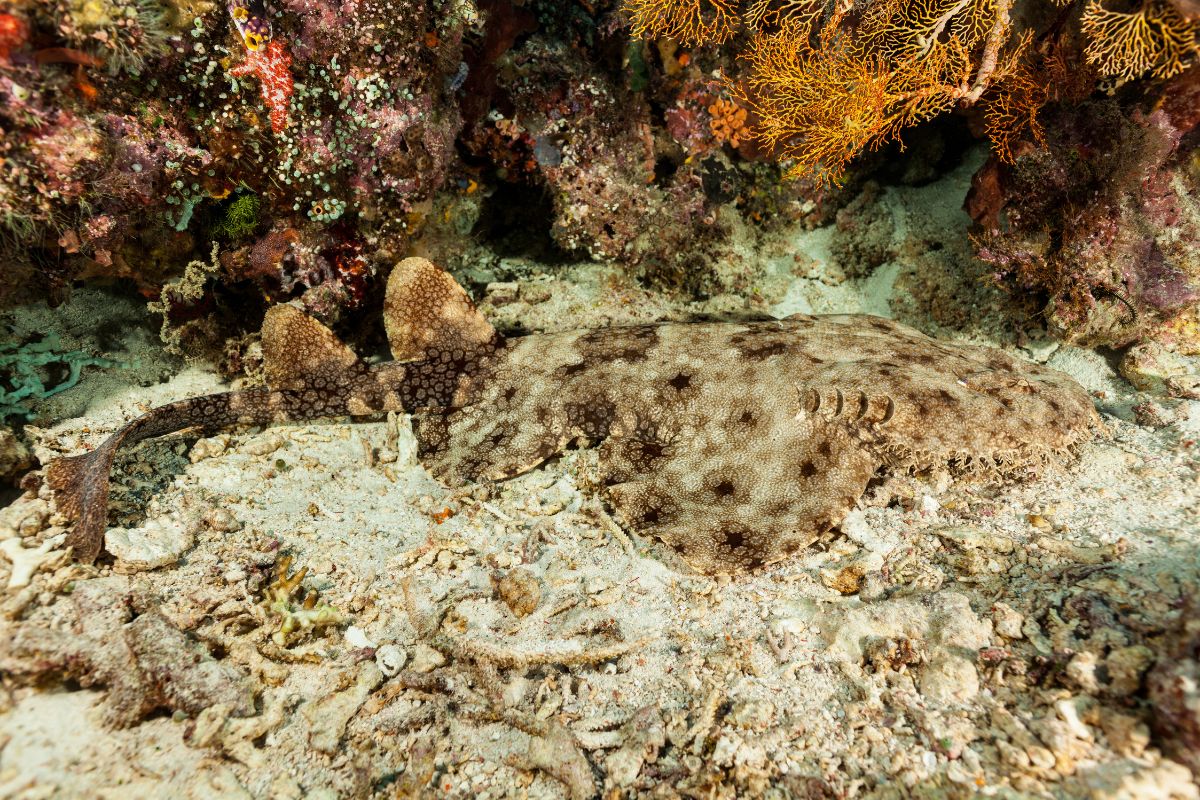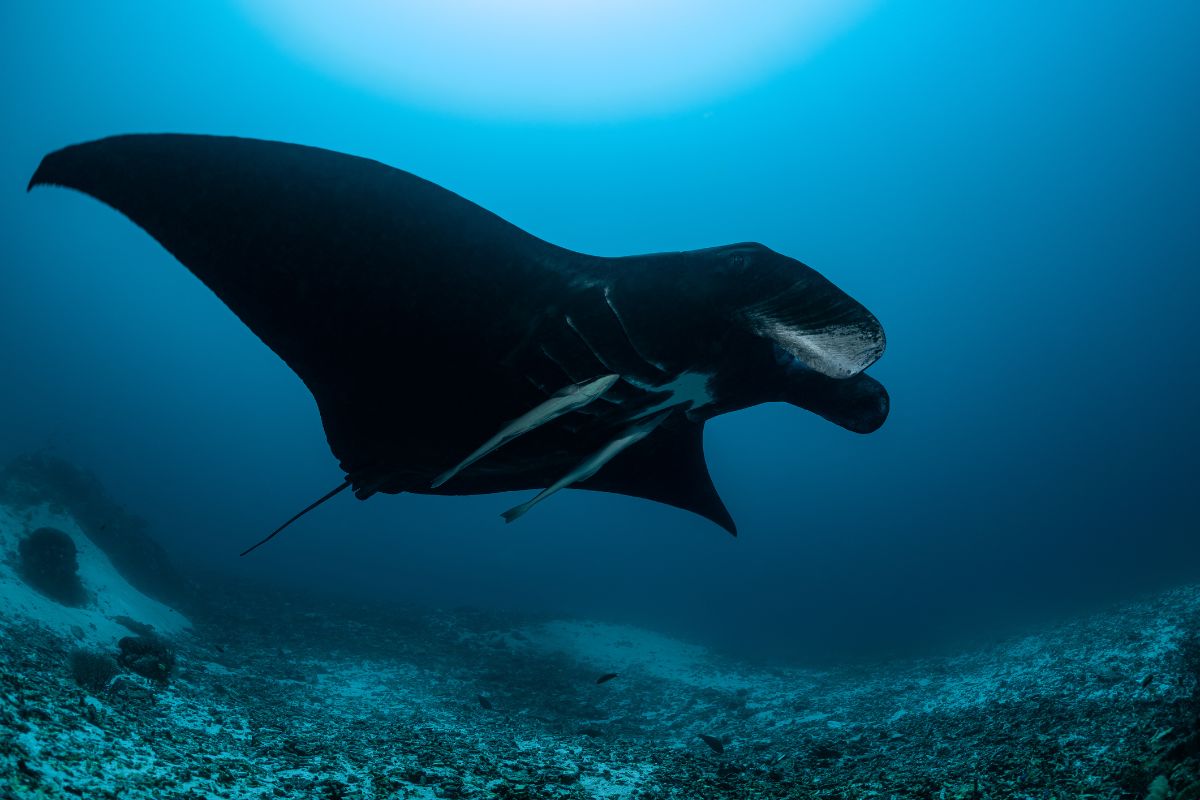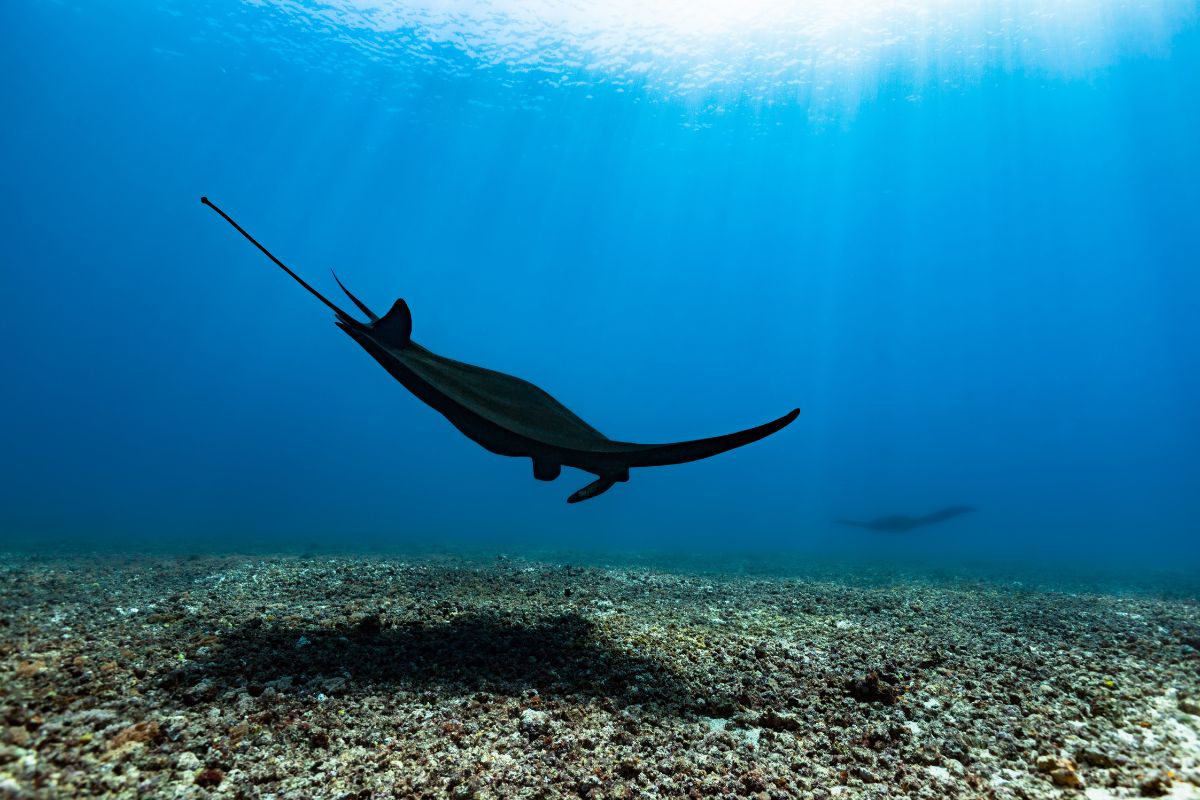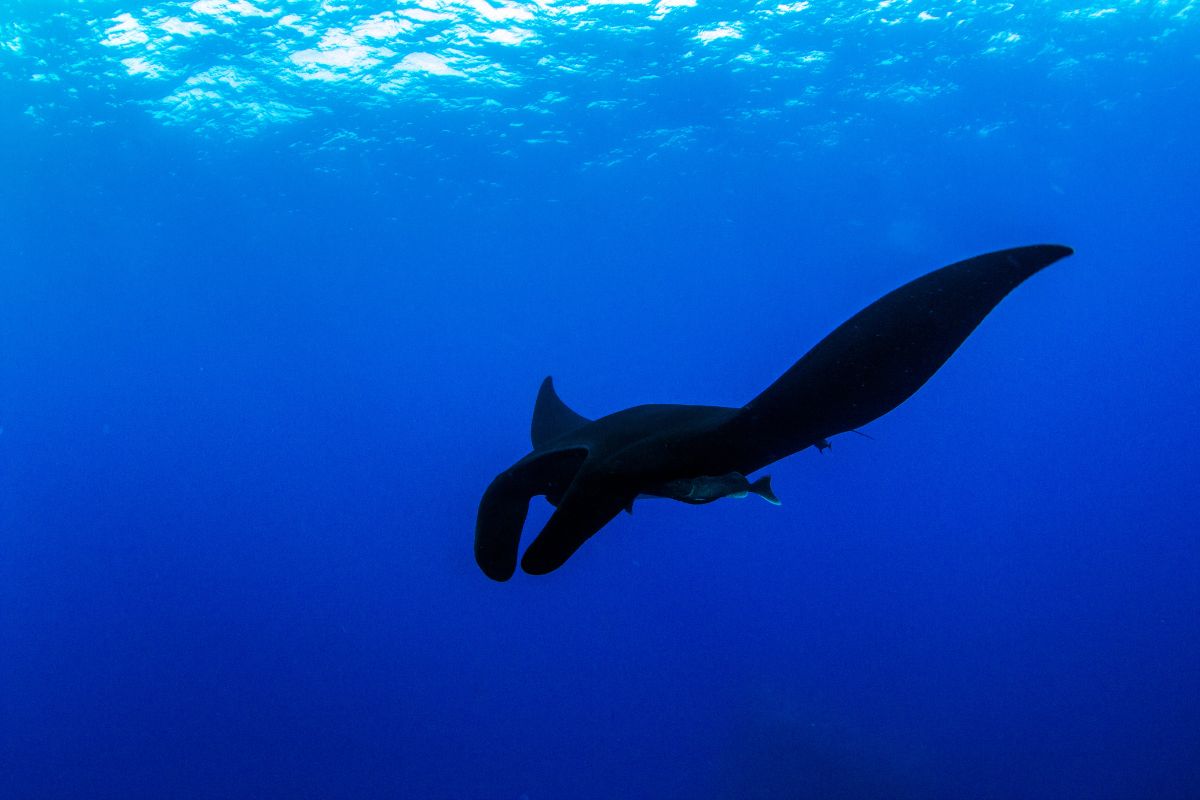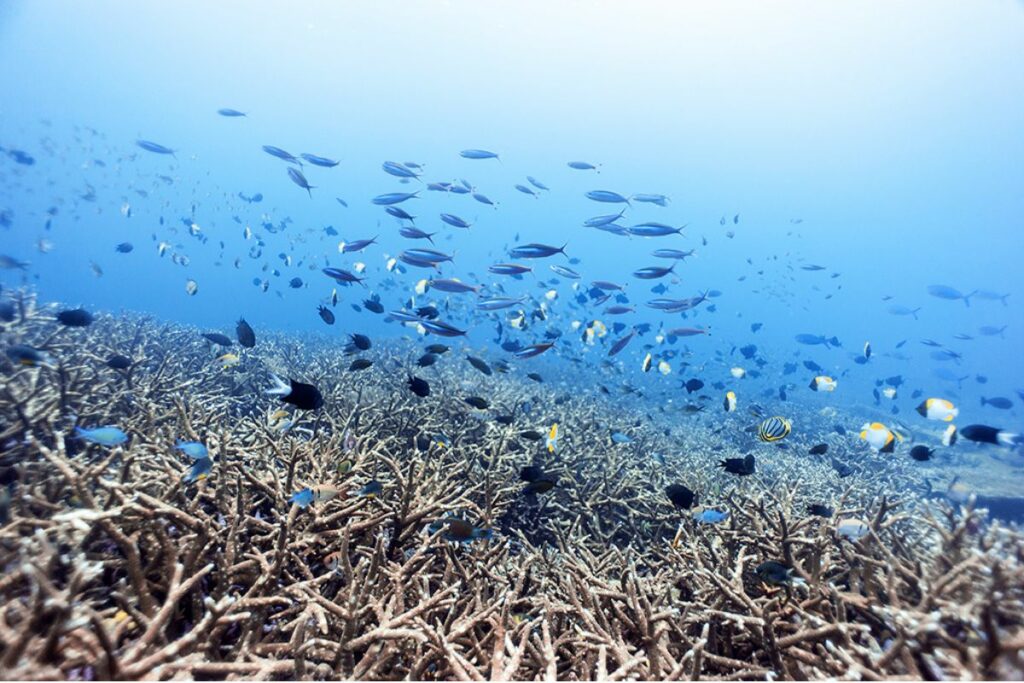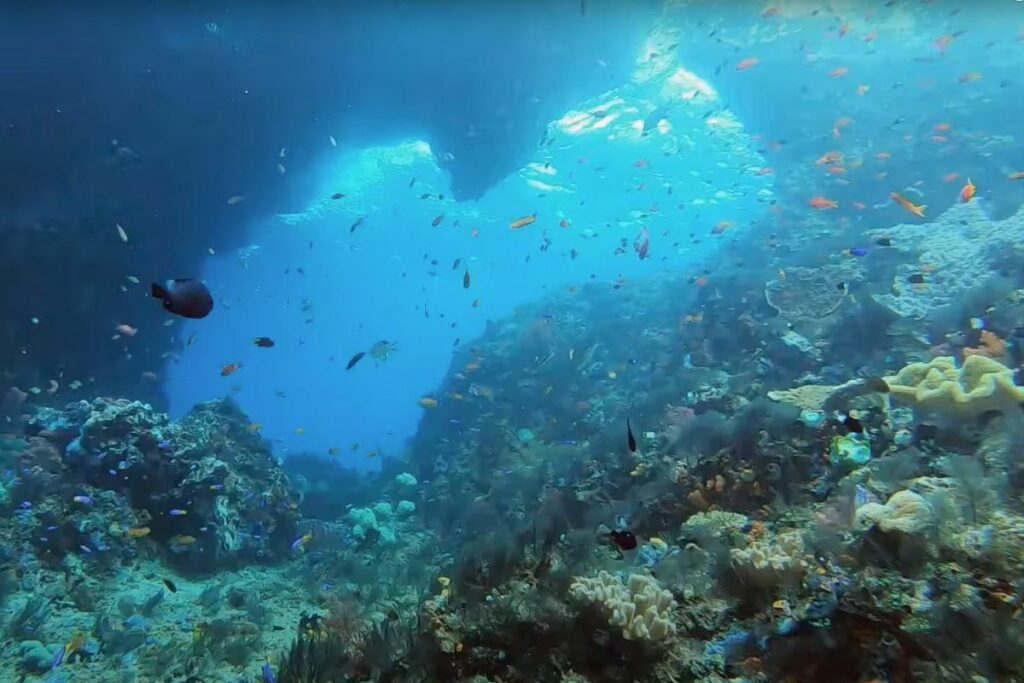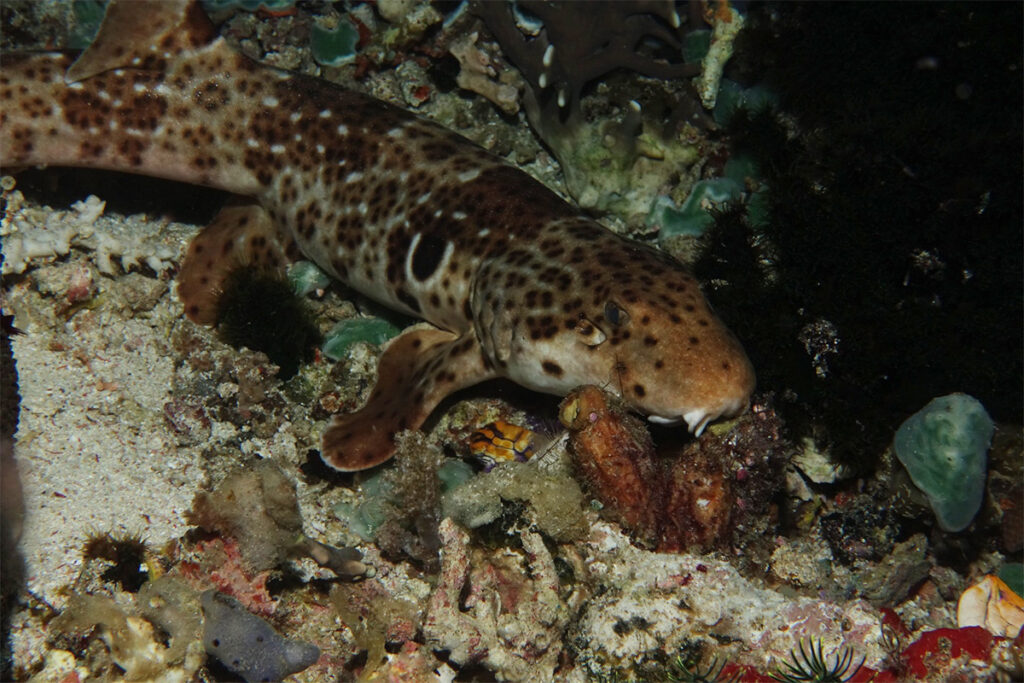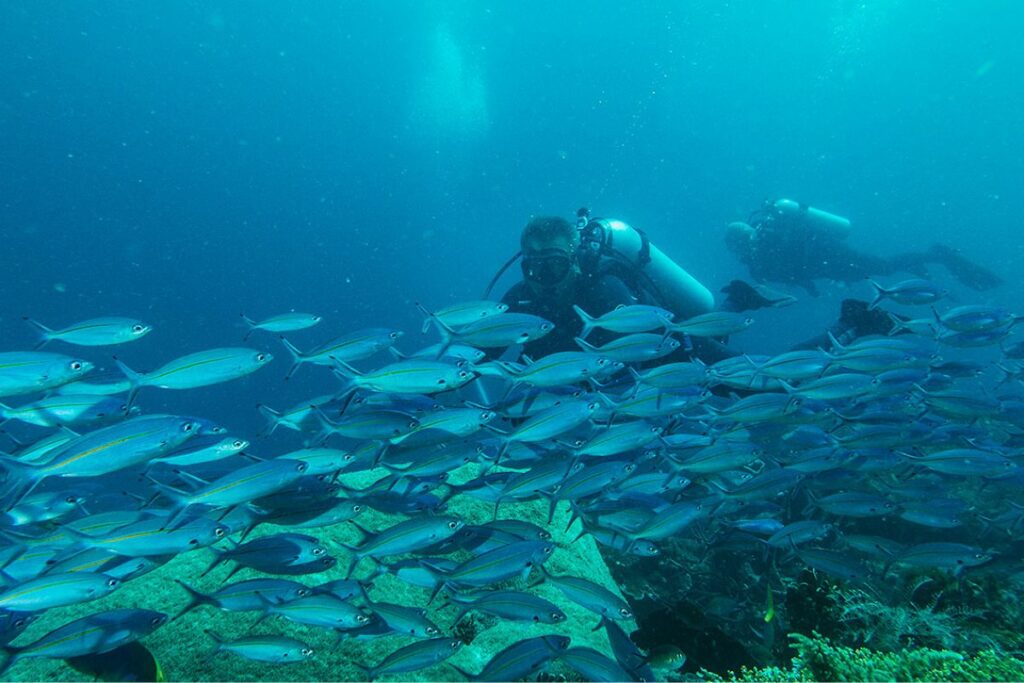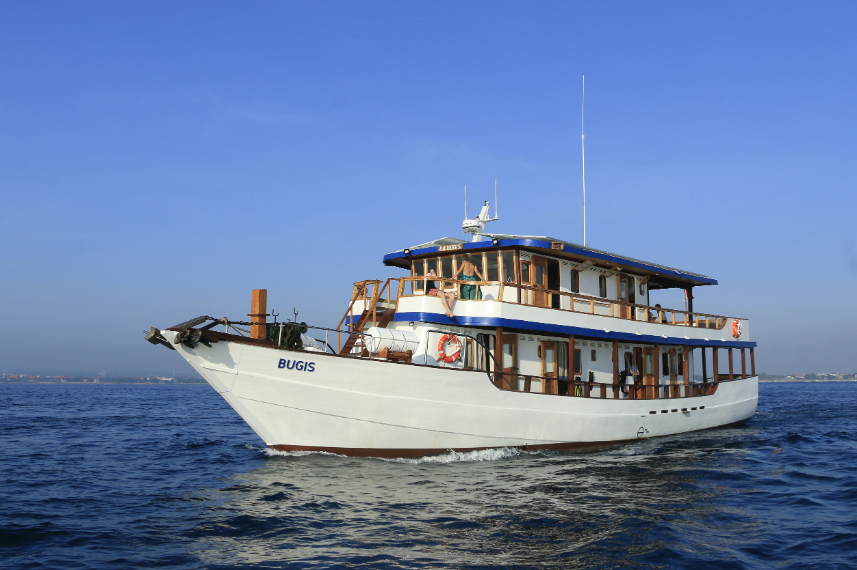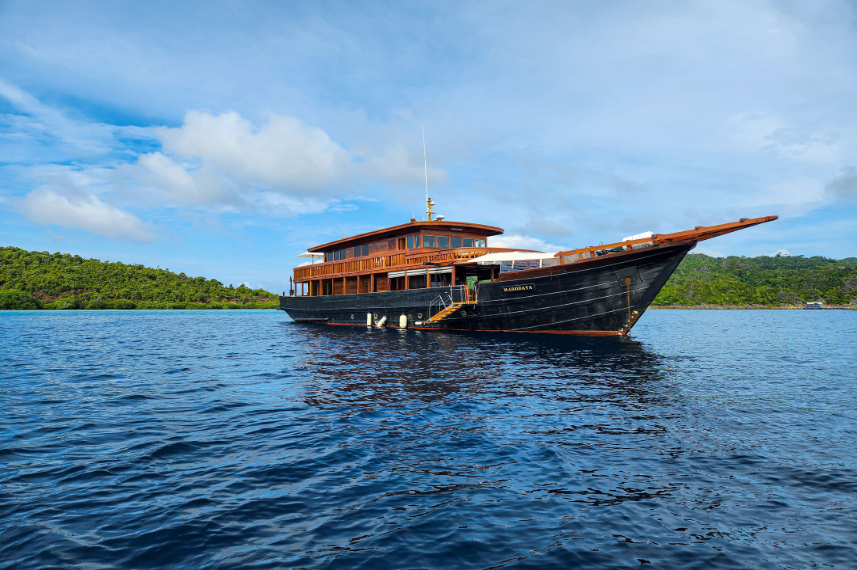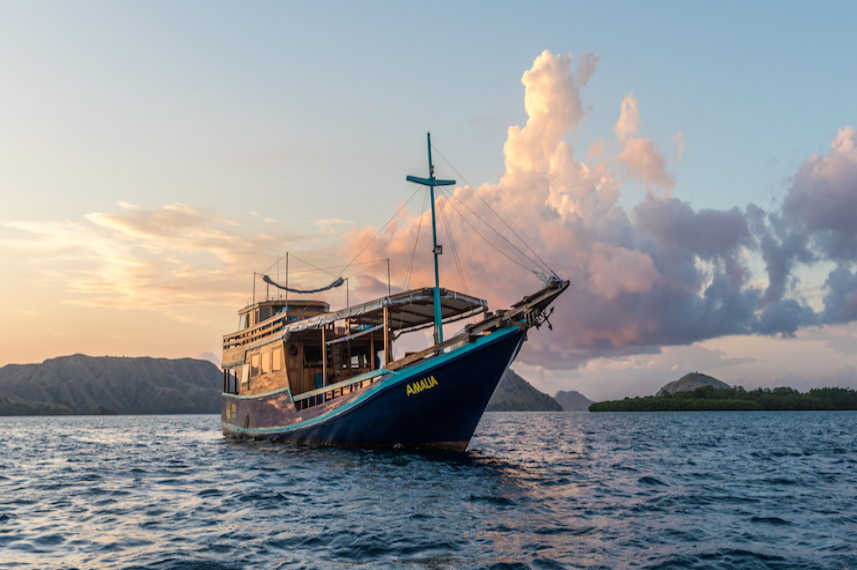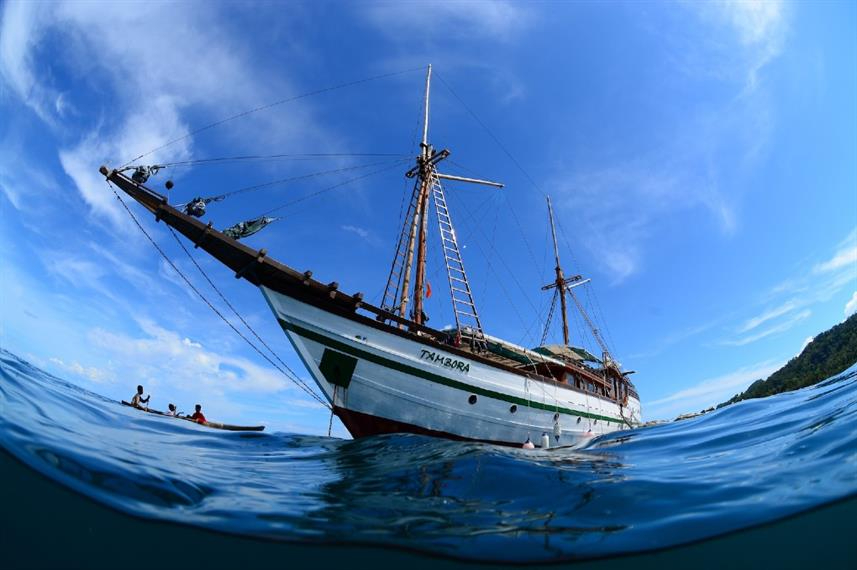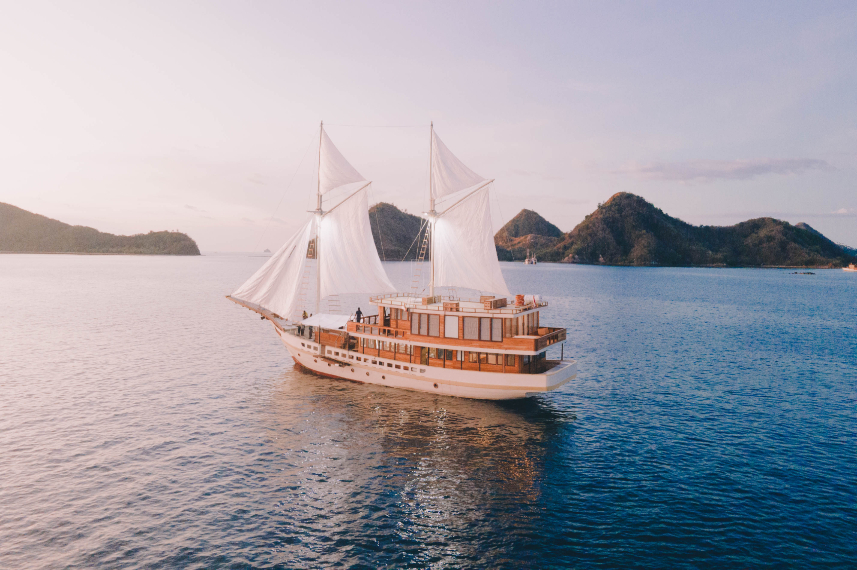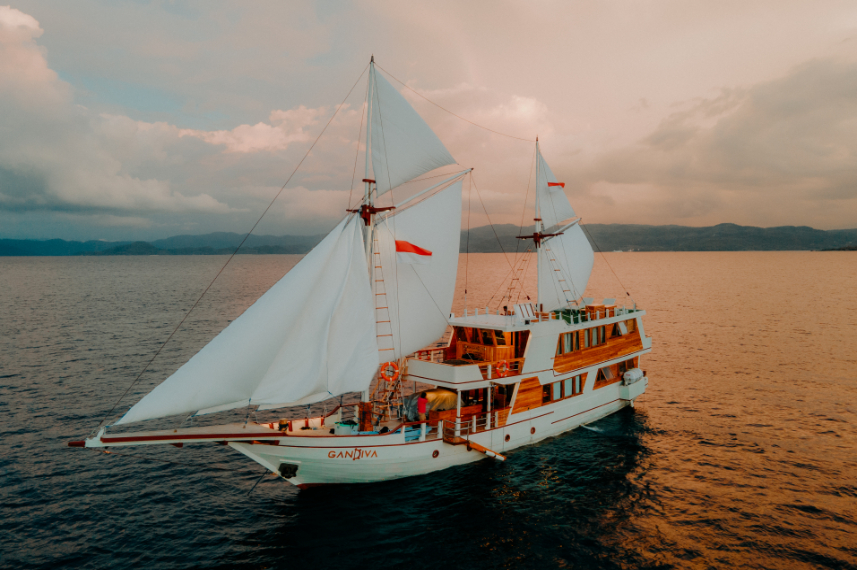Raja Ampat
Words have never adequately described the breathtaking scenery of the underwater world of Raja Ampat. Known as A Diver’s Paradise, the region houses over 75% of the earth’s coral species. It is said that a single reef in Raja Ampat has more species than the entire reef found in the Caribbean. A scientific survey done in 2001 discovered close to 1,000 tropical fish species, of which many were previously unknown. No wonder scientists keep finding new species in the area, even today.
The marine life in this area is simply incomparable to any dive sites in the world due to its vicinity as the crossroads between the Indian and Pacific Oceans, contributing to the highest number of marine biodiversity.
Get your diving gear ready to delve into the majestic world of Raja Ampat.
Top highlights of Raja Ampat
- Raja Ampat’s marine biodiversity is the highest in the world and unequivocally unparalleled.
- Over 600 species of well-preserved coral reefs should be enough to draw you to explore Raja Ampat.
- One of the two places in the world where you can dive with the rare black manta rays.
- There is no better place to do island hopping than in Raja Ampat. With over 600 islands, do yourself a favor by enjoying the unspoiled beaches and waters around the archipelago.
- The Indonesian speckled carpet shark and Raja Ampat walking shark are two of the endemic species found in the region.
About Raja Ampat
Raja Ampat, or the Four Kings, were named after the four most prominent islands in the area: Waigeo, Misool, Salawati, and Batanta. Located in the Bird’s Head Peninsula, off the west coast of West Papua, Raja Ampat is a mini archipelago with over 1,500 islands, including small islands and karst islets. Raja Ampat covers an area of 4,000 square kilometers. The remote location guarantees that most of the site is pristine and not prone to mass tourism.
The beauty of Raja Ampat is not only underwater but above the water. The sandy beaches, the lush rainforest, the uninhabited islands, the endemic animals, and indigenous people are the magnets that attract people to explore this area.
The local communities, government, scientists, biologists, and conservationists have been working together to preserve this ecological marvel. One of the efforts is practicing sustainable tourism to minimize the damage caused by climate change and to avoid mass tourism.
Diving in Raja Ampat
When diving in Raja Ampat, you will be faced with difficulty choosing the dive sites as each offers different experiences and caters to varying levels of expertise. Still, they share one commonality: their beauties are unmatched.
In general, the southern part of Raja Ampat is suitable for intermediate divers as the condition is not as challenging as the sites in the northern region. Due to its location, the south part is only accessible by liveaboard.
Once you dive, the ridges and pinnacles will welcome you with the colorful soft corals, sea fans, and sponges covering every corner. Bannerfish, pyramid butterfly, parrotfish, surgeonfish, and yellow snapper can be seen alongside giant trevallies, orange-spotted jacks, and longnose emperors. Dive deeper, and you will encounter yellowtail barracudas while the white tip and grey reef sharks lurking between the corals. This area also has a cleaning station for manta rays, so make sure you don’t miss it!
Over 30 dive sites are listed in the north part of Raja Ampat, and many corners are reachable by liveaboard only. In this area, you will be blown away by the coral garden with multicolored nudibranchs, pygmy seahorses, mandarin fish, and scorpion fish. The wall landscape is also home to big-eye trevallies, barracuda, green turtles, and giant clams.
In this region, you will also encounter some of the endemic species of Raja Ampat, such as the well-known Raja Ampat epaulette sharks and Raja Ampat goby, frogfish, and damselfish.
Some areas in the north have a challenging environment and are only suitable for experienced divers. Please consult with your dive operators and follow their advice as they have more understanding about the area.
The best thing about Raja Ampat is divers will undoubtedly find what they are looking for regardless of their preferences.
Discover your next adventure in
The Black Manta Ray of Raja Ampat
It is challenging to refer to one particular marine life as the main attraction of Raja Ampat because the variety found here is astonishing. Not to mention, many species only exist in the waters of Raja Ampat, making it one—if not the most—mind-blowing dive site in the world. But if it has to be narrowed down, black manta rays should be high on the list.
Manta rays generally have dark grey on their backs and primarily white on the undersides, but the ones found in Raja Ampat are melanistic. Their backs and bottoms are entirely black with some central white blazes in different sizes and shapes. What makes the black mantas in Raja Ampat special is that 40% of the population of reef manta rays in the region is black. The only place in the world where black manta’s population is prominent is in Ecuador, which is only 16%.
Diving Environments in Raja Ampat
Thanks to its crystal and transparent-looking waters, the visibility in Raja Ampat is generally stellar throughout the year. The range of visibility is varied from 15 to 30 meters, and it can be more on some clear days.
The water temperature in Raja Ampat can be considered constant all year long in the range of 27°C to 30°C, though using a 3mm to 5mm wetsuit is recommended.
The underwater topography in Raja Ampat varies from the shallow reefs, drop-offs, pinnacles, and caves. The diverseness of these situations means the depths range from 5 meters to 60 meters.
The currents around Raja Ampat differ from one dive site to another. Some dive sites have strong winds, meaning only experienced divers can dive in the area, and some other places have calm surfaces that are more suitable for beginner divers.
Please follow the instructions of the local dive guides as they are more familiar with the current situation and the depth of each site to ensure your diving experience is not only seamless but also safe.
Discover your next adventure in
How to get to Raja Ampat
Due to its isolated location, getting to Raja Ampat is not as simple as getting on a plane, and you get to your destination. Efforts need to be made to reach The Coral Triangle’s Heart.
By plane
The entry point to get to Raja Ampat is to fly to Sorong. Though not directly, most prominent airports in Indonesia serve the flight to Sorong.
Once you land in Sorong, you must take a car to the harbor and then continue by ferry to Waisai in the region of Waigeo, one of the four main islands in Raja Ampat.
By liveaboard
The most sensible way to explore Raja Ampat is by liveaboard. The option means you can explore Raja Ampat’s remote and unspoiled corners without worrying about accommodation or transportation. When hundreds of dive sites are available in the area, this undoubtedly is the best way to have a whole experience.
Most liveaboards operate between October and April when there is less rain, and the journey is pleasant. Outside these months, between May and September is also a reasonable period, though the ocean can be rough from July to September, and the rain reaches its peak season.
Diving Seasons & Weather in Raja Ampat
Though diving in Raja Ampat can be done all year, October to April is the best season as the ocean is relatively calm, the wind is not strong, and the visibility is at its best. The period between these months is the best season to dive and do the Raja Ampat’s excursion.
But if your purpose is to dive with reef manta rays, May to October is the best period, as this is when plankton is abundant and reef manta rays have a feast. You can still enjoy the beauty of marine life even though the rough ocean, rain, and strong wind will be your biggest hurdle.
Dive Sites in Raja Ampat
Marine Life in Raja Ampat
Marine life in Raja Ampat can only be described as never-ending due to its high biodiversity. If one dive site only highlights one particular creature, this case doesn’t apply in Raja Ampat. Raja Ampat is often cited as The Marine Mecca or The Amazon of The Seas because many areas and marine life in Raja Ampat are still undiscovered.


